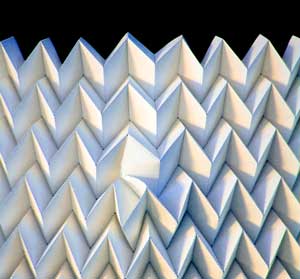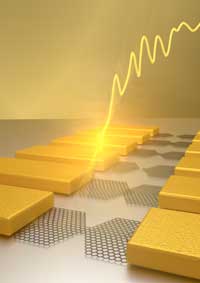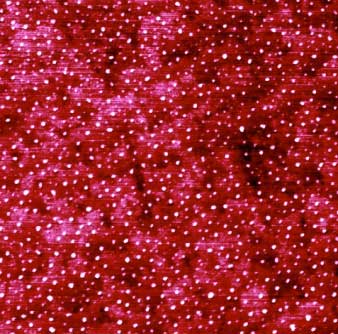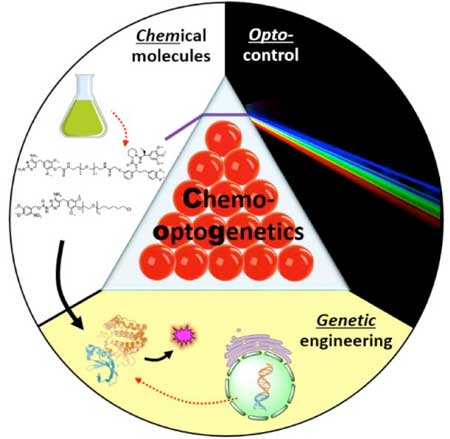
Wednesday, September 19, 2018
New nanoparticle superstructures made from pyramid-shaped building blocks
How long does a quantum jump take?

Interfacial engineering core@shell nanoparticles for active and selective direct H2O2 generation

Origami inspires highly efficient solar steam generator

Nanocomposite fiber optic sensor measures tiny magnetic fields

Engineers develop method for controlling nanomotors (w/video)

Diatom microbubble scrubber destroys dangerous biofilms (w/video)

Graphene tunnelling junctions: beyond the breaking point

Nucleation a boon to sustainable nanomanufacturing

Commercially relevant bismuth-based thin film processing

Two quantum dots are better than one: Using one dot to sense changes in another

Subscribe to:
Posts (Atom)


